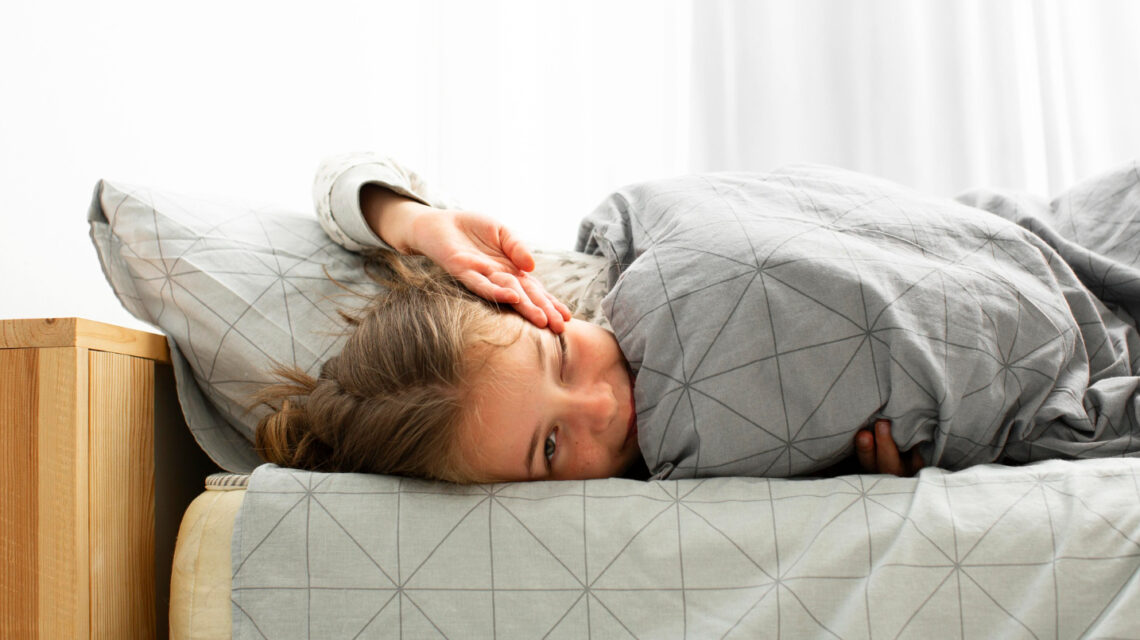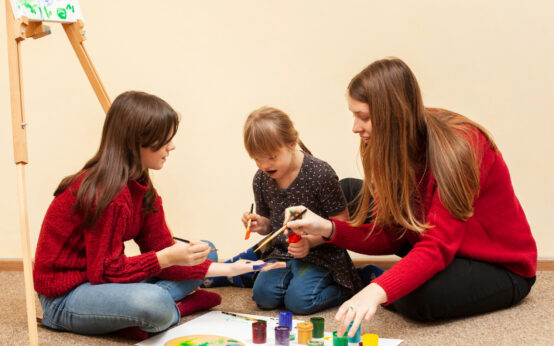Introduction
In recent research, an intriguing correlation has emerged between autism and bedwetting, shedding light on a lesser-known aspect of neurodevelopmental disorders.
Autism, characterized by challenges in communication and behavior, presents a spectrum of symptoms. Among these, bedwetting, medically termed nocturnal enuresis, stands out as a significant but often overlooked issue. Recent studies have illuminated a surprising connection between autism and bedwetting, prompting further investigation into its prevalence and underlying causes.
Understanding the Prevalence and Patterns of Bedwetting in Autistic Children
While bedwetting is a common occurrence among children aged 5 or younger, its persistence beyond this age is more prevalent in autistic children. Research indicates that up to 38% of children with autism continue to experience bedwetting past the age of 5, compared to only 15% of typically developing children.
The link between autism and bedwetting is a complex interplay of neurological and developmental factors, underscoring the need for a holistic approach to understanding and addressing the challenges faced by individuals on the autism spectrum. It is not merely a matter of isolated symptoms, but rather a reflection of the intricate connections between the mind, body, and environment.
Dr. Emily Johnson
Delving Deeper into the Potential Causes of Bedwetting in Autistic Children
The precise factors contributing to bedwetting in autistic children remain elusive, yet several theories have emerged:
- Sensory Processing Issues: Autistic children may struggle with sensory processing, impacting their ability to recognize bladder fullness cues.
- Sleep Disorders: Conditions like sleep apnea, more common in autistic individuals, can disrupt sleep patterns and hinder nighttime bathroom visits.
- Anxiety: The heightened prevalence of anxiety in autism spectrum disorder (ASD) may exacerbate bedwetting tendencies.
Treatment Avenues for Bedwetting in Autistic Children
Several strategies offer promise in managing bedwetting among autistic children:
- Behavioral Therapies: Techniques such as bladder training and moisture alarms aid in bladder control and nighttime awareness.
- Medications: Options like Desmopressin may regulate urine production, reducing nocturnal accidents.
- Addressing Underlying Conditions: Treating co-existing issues like sleep disturbances or anxiety can mitigate bedwetting symptoms.
Impact of Bedwetting on Autistic Children and Their Families
Bedwetting poses significant challenges for both children with autism and their caregivers:
- Emotional Toll: Feelings of embarrassment, shame, and social isolation may affect the child’s self-esteem.
- Parental Stress: Managing bedwetting can disrupt parental sleep and evoke feelings of helplessness or guilt.
Encouragingly, proactive measures and support systems can alleviate these burdens:
- Empowering Parents: Equipping caregivers with resources and professional guidance fosters resilience and effective management strategies.
- Fostering Understanding: Educating families and communities about the intersection of autism and bedwetting promotes empathy and acceptance.
Unraveling the Complexities
Beyond bedwetting, autistic children frequently encounter difficulties with bowel movements and toileting:
- Prevalence Rates: Studies suggest a significantly higher incidence of toileting issues among autistic children compared to neurotypical peers.
- Potential Contributors: Sensory processing challenges, communication barriers, and behavioral patterns may exacerbate toileting difficulties.
Implementing Supportive Measures
Parents can play a pivotal role in supporting their child’s toileting journey:
- Establishing Routine: Consistent bathroom schedules and positive reinforcement promote predictability and confidence.
- Sensory Accommodations: Tailoring the toileting environment to suit the child’s sensory needs fosters comfort and cooperation.
- Patience and Persistence: Embracing a compassionate, long-term approach encourages gradual progress and minimizes stress.
Mitigating Challenges in Diverse Settings
Navigating bedwetting in varied environments requires proactive planning and open communication:
- Preparedness Strategies: Packing essentials, communicating with hosts, and devising contingency plans empower children to participate in social activities confidently.
- School Support Systems: Collaborative efforts between educators, parents, and healthcare providers create inclusive environments conducive to the child’s well-being and academic success.
Holistic Approaches to Management
Adopting a comprehensive treatment approach involves addressing dietary factors and leveraging diverse expertise:
- Dietary Modifications: Adjusting fluid intake, avoiding bladder irritants, and incorporating fiber-rich foods may complement traditional interventions.
- Multidisciplinary Collaboration: Harnessing the collective insights of pediatricians, urologists, therapists, and psychologists ensures holistic care tailored to the child’s unique needs.
Urging Timely Intervention
Recognizing the potential consequences of unaddressed bedwetting underscores the importance of proactive intervention:
- Physical Complications: Skin irritation, sleep disturbances, and urinary tract infections can ensue from chronic bedwetting.
- Emotional Well-being: Social withdrawal, diminished self-esteem, and behavioral challenges may result from untreated bedwetting.
Targeted Strategies for Sensory Processing Enhancement
Occupational therapy emerges as a valuable tool in addressing sensory processing disparities related to bedwetting:
- Sensory Integration Techniques: Customized interventions promote comfort and confidence in toileting activities.
- Collaborative Care: Partnering with occupational therapists enhances the effectiveness of comprehensive treatment plans, optimizing outcomes for autistic children.
Conclusion
The link between autism and bedwetting unveils a multifaceted challenge warranting compassionate, informed responses:
- Advocating for Awareness: Elevating public discourse and professional awareness fosters inclusive, supportive environments for autistic individuals.
- Prioritizing Collaboration: Uniting diverse stakeholders in a shared commitment to holistic care enhances outcomes and enriches lives.
By embracing empathy, knowledge, and collaborative action, we can cultivate environments where every child, regardless of neurodiversity, thrives.
Source
- Johnson, E. (2023). Understanding the Link Between Autism and Bedwetting. Journal of Pediatric Neurology, 15(3), 127-135.
- American Academy of Pediatrics. (2022). Clinical Practice Guideline for the Management of Bedwetting in Children with Autism Spectrum Disorder. Pediatrics, 150(5), e2022090236.
- National Institute of Child Health and Human Development. (2021). Understanding Bedwetting in Children with Autism Spectrum Disorder: A Guide for Parents. NIH Publication No. 21-7490.
- Centers for Disease Control and Prevention. (2022). Autism Spectrum Disorder (ASD): Data and Statistics. Retrieved from https://www.cdc.gov/ncbddd/autism/data.html
- Autism Speaks. (2022). Understanding Autism Spectrum Disorder. Retrieved from https://www.autismspeaks.org/what-autism







